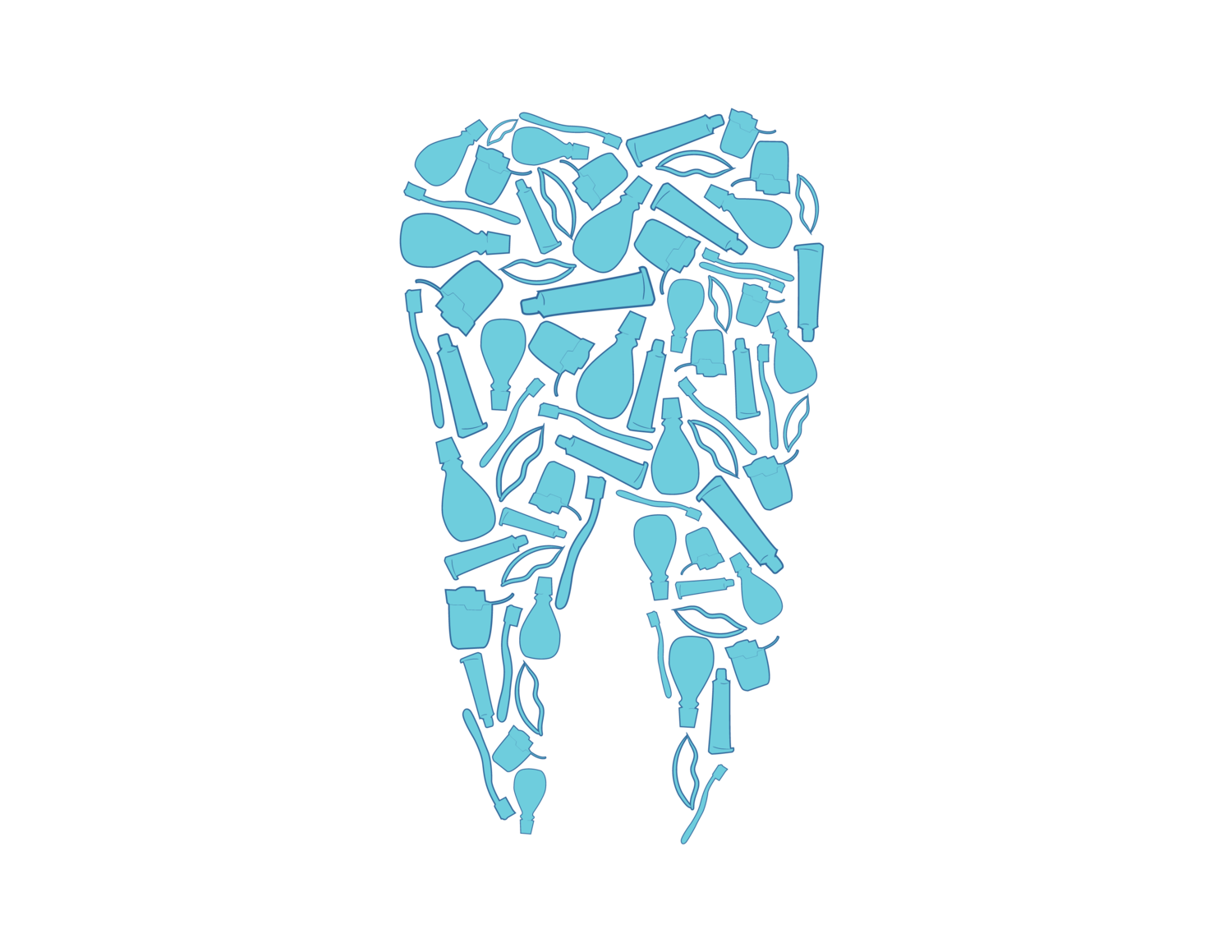Understanding Dental Desensitizers and Indirect Pulp Caps
What Is a Dental Desensitizer?
Desensitizing medications are frequently used during restorative dental procedures such as fillings or dental crowns. A dental desensitizer is applied to the tooth to help prevent sensitivity after treatment.
A thin layer of fluoride gel or another desensitizing agent is placed on the prepared tooth to strengthen the enamel. This helps reduce tooth sensitivity by blocking transmissions to the nerves that cause pain.
While highly effective, this treatment does not guarantee complete elimination of sensitivity but significantly reduces the risk of discomfort.
What Is an Indirect Pulp Cap?
An indirect pulp cap is typically performed when a large area of the tooth’s pulp has been or is nearly exposed due to significant decay or structural damage.
After removing the decayed or damaged area, the dentist rinses the site with Chlorhexidine, an antiseptic and disinfectant. Then, a medicated material is placed over the remaining dentin. This material encourages the growth of new dentin, which helps protect the pulp from further damage.
The goal of an indirect pulp cap is to preserve the natural tooth and avoid more invasive procedures like root canals or tooth extractions.
Benefits of Indirect Pulp Capping
Minimally Invasive: Involves less removal of tooth structure, making recovery quicker and more comfortable.
Cost-Effective: Generally less expensive than more invasive procedures like root canals.
Pain Relief: Helps reduce sensitivity and discomfort caused by early decay or trauma.
Reduces Treatment Time: Typically requires fewer visits and less time in the dental chair.
Decay has not yet reached the pulp. Some affected dentin is removed and protective material is applied, leading to healing and remineralization. A permanent filling is then placed on the tooth.
How It Works
In cases where decay has not yet reached the pulp, some affected dentin is removed and a protective medicated material is applied. This allows the tooth to heal and remineralize. Once the healing process is initiated, a permanent filling is placed to restore the tooth’s structure and function.
Schedule Your Appointment Today
If you’re dealing with tooth sensitivity or early tooth decay, our team is here to help. Contact our dental office in Dallas to learn more about treatments like desensitizers and indirect pulp caps and take the next step toward a healthier smile.




